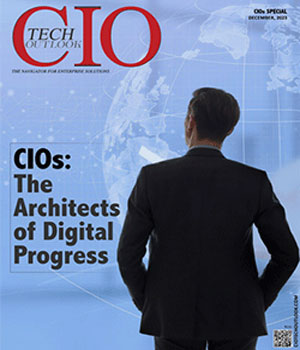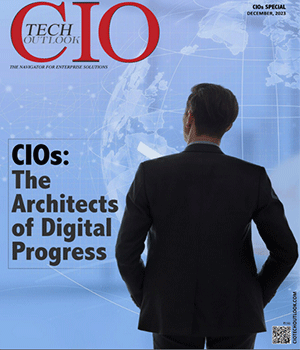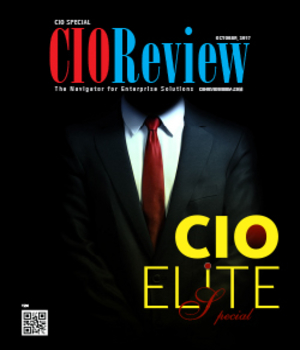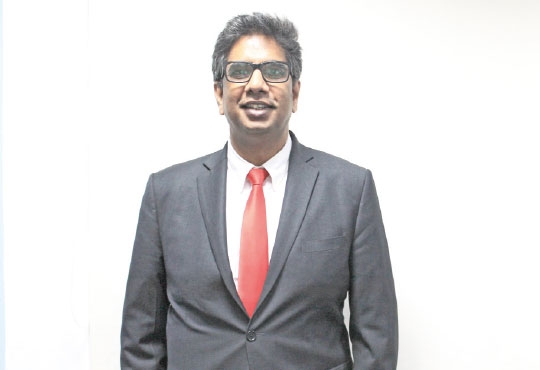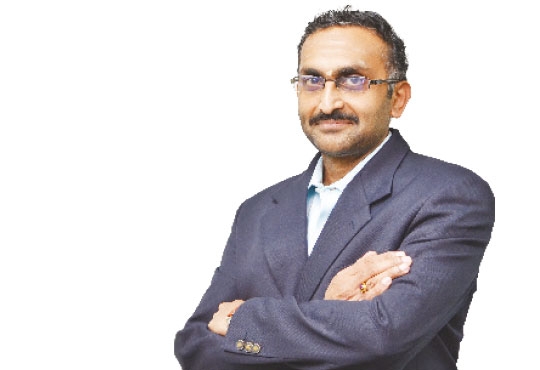
Dual Mode of IT
Abel Correa, Head of IT – Strategy and Project Governance, Arvind Lifestyle Brands | Friday, 06 October 2017, 07:25 IST
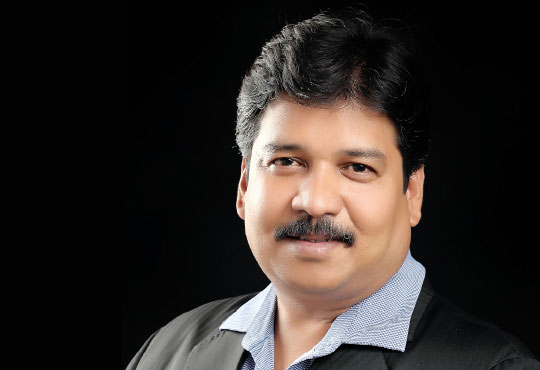 Dual Mode of IT is running the IT department in two modes:
Dual Mode of IT is running the IT department in two modes:
A) Run and Maintain the legacy system not yielding the required customer connect (Marathon runners)
B) Adopt new technologies that provide a better consumer experience or connect yielding long term relations translating to life time value (Sales)from a customer (sprinters / Thinkers)
Market forces:
Indian IT landscape over the years has been adopting a follower mentality and hence collected IT solutions that may not have been most technically sound for building future capabilities. Customer maturity on using technology pieces for carrying out their shopping mission or fulfilling their consumption needs, has baffled most of the businesses in India. In Good old days, all of us spoke about Value Chain (Vertical integration) and the new millennials (not that the older, classic customer is far behind) have challenged the IT service owner within any business to evolve in delivering Value Network (any one to anyone). For example in Fashion Business, customer wants to understand/hear the Fashion designer on his or her thoughts while designing the product. This requires the ability to have the customer connect to IT landscape where the designer can explain the fabric or styling used while design a fashion apparel product. This further requires new technologies having nimble resource requirements to be adopted.
This external force is driving the IT programs at different companies and mostly challenged to place their bets on new technology investments.
Suggested approach
At the outset any investment means time and money, plus the pressure accrued on account of change management that the organisation will have to go through.
1) Budgets :
a) Historically budgets are drawn out by looking at the past resource consumption data and then applying the growth number. This typically focussed on run and maintain.
b) Companies have to now invest in an additional line item called “New Technology Adoption” which is including the cost of change management (Training, infra upgrade, Skill upgrade)
2) New Technology Budget items should be further spread across
a) Sales enablers
b) Operational Excellence enables (reduction in cost to serve)
c) Customer intimacy (better connect with my customers)
3) People :
a) A good mix of new thinkers is necessary in the team construct else the 5+ years tenured resources restrict themselves to the comfort zone of old methodologies of conducting business.
b) Depending on the organisation size, business spread, and customer segments, couple of resources (Thinkers) could be deployed as “R&D” team. This team is responsible for mapping the market changes coupled with Technology hype cycle. There is no point in adopting Technology piece when it's on the downward trend (Usage wise) as the opportunity window to convert into sales, operational excellence becomes irrelevant. Customers don’t appreciate technology pieces that are considered as outdated. If the opportunity window is smaller than the time taken to deploy the technology solution, then its better avoided.
c) New technology investment should be taken up only when the HR has agreed for the transformation required in the existing team members to able to leverage new tools. For example : Old ways of marketing or communicating is no more relevant unless it's personalised. Old paradigm used to be “Brands wanted to talk to their customers” whereas the new paradigm now prevailing, “Customers want to talk to the brands and that too through their choice of medium, when they want, how they want”…. Marketing teams have to be re-skilled, adopt the new technology and communicate under the new paradigm. This requires re-skilling the talent pool wherein they are able to certify their work (metrics) as a professional.
d) Setting up a small team for Research and Development is absolute necessity to drive innovation which has a balance between Market needs and ROI. This team is also responsible for “Pretotyping” (that’s not a spelling mistake) an idea and convert the idea into meaningful business metrics. R&D typically focussed on Product development, but now technology tools are available to delivery processes that delight a customer. Virtual Trial room are a classic example of Technology that delivers customer delight as well sales floor productivity.
4) Processes:
a) Creativity and logic/control don’t go together, however technology interventions at the appropriate level provides the control/empowerment, hence people should find newer means, yet relevant to the customer expectations. Processes in most of the businesses are given to be customer centric, however they can be further driven up the value network to deliver service “Consistently” that delights the customer.
b) Differentiators are needed in any business but its more important to be consistent as the choice of the service provider by the customer is purely dependent on consistent service provider first, as fulfilment is of prime importance for any consumer.
CIO Viewpoint
Hyper-Converged Infrastructure: The Next Big...
By Amit Jaokar, EVP - IT, Choice International
Embracing Technology: Need of the Hour in BFSI
By Nikhil Bandi, SVP & CIO, Vistaar Financial Services
Three Pronged Approach For Digitization In Life...
By Ekhlaque Bari, EVP & Head Technology - Max Life Insurance
CXO Insights
A Glimpse of A Changed AI Perspective in India
By Dr. Vijay Srinivas Agneeswaran, Senior Director of Technology, Sapient
Social Networking and the Enterprise
By Arindam Sen, SVP, Schneider Electric
Digital Transformation - Darwinism Or Dwarfism?


